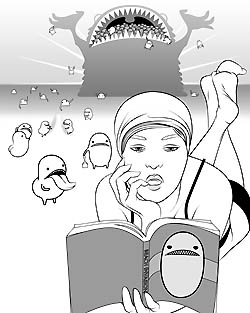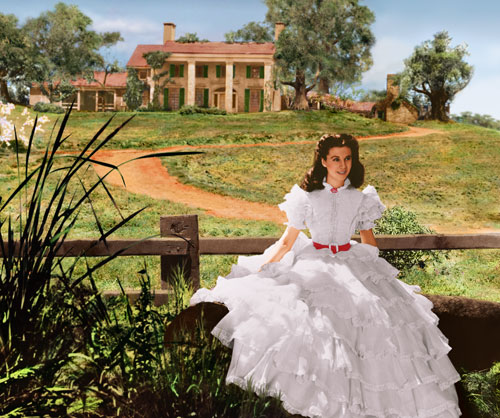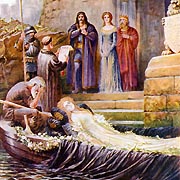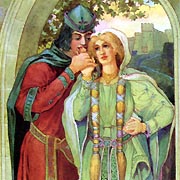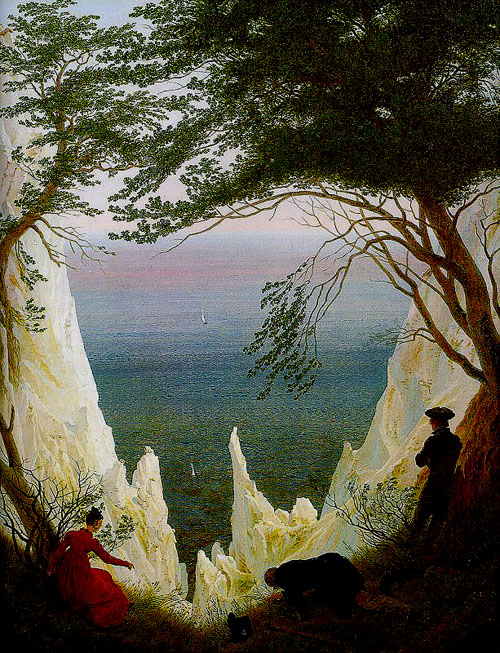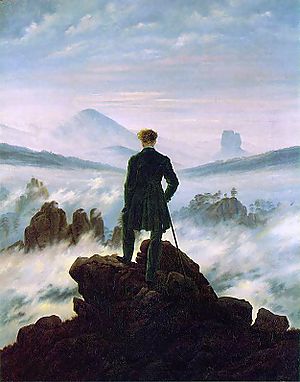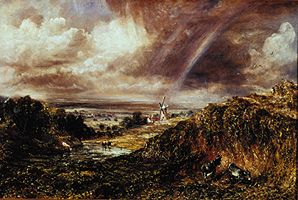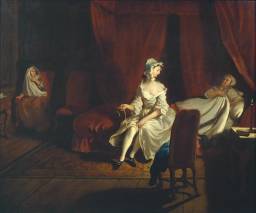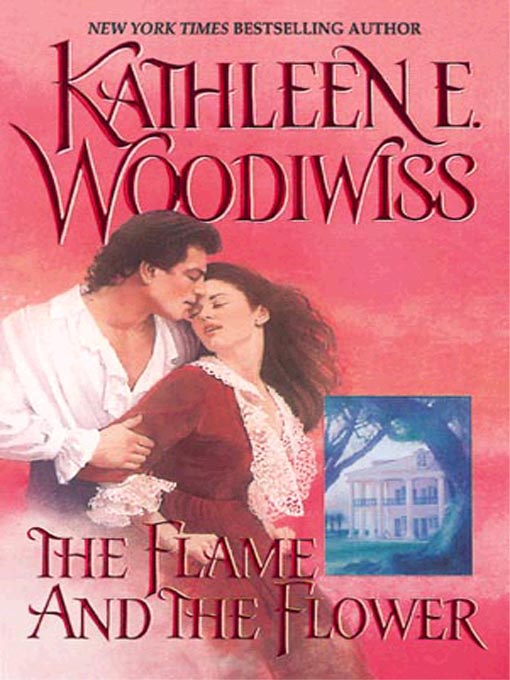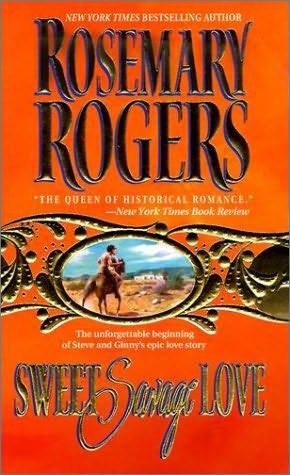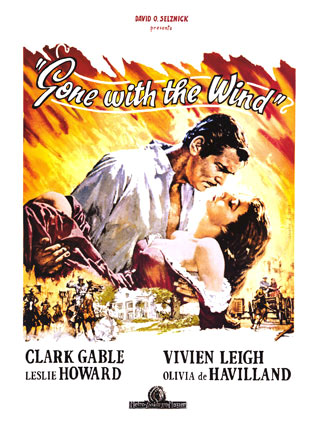|
Irvine Valley College: Online Literature Study of the School of Humanities and Languages Literature 110 - Popular Literature Spring 2013 - Ticket #62740 // Marjorie Coverley Luesebrink, MFA, Instructor
Have you read this?? In a recent New York Times Book Review there is a review of a new book about *Gone With the Wind.* The book: *Frankly, My Dear - Gone With the Wind Revisited* is by Molly Haskell. In this book, she takes up (among other things) the issue of feminism in the story. Critics have long maintained that Scarlett O'Hara represents the worst kind of female bondage (especially when she is being squeezed into her corset to have a 17-inch waist). Haskell argues that Scarlett is, instead, a favorite among American women because she illustrates a "secret masculinization of the outwardly feminine, the uninhibited will to act." This is an interesting thesis, and it gives us a chance to look at the character of Scarlett not so much as a willful child but as a woman in a society of repression trying to find a way to be strong and protect herself.
Gone With the Wind, Margaret Mitchell In this unit we will be studying Romance Fiction. We will be reading the first 10 Chapters of Margaret Mitchell's *Gone With the Wind* - and, if you want to see a Chapter-by-Chapter outline - here is is! Spark Notes on *Gone With the Wind.*
Unit 5: The Lure of Romance
Vivien Leigh as Scarlett O'Hara - on the set from *Gone With the Wind* in front of "Tara"
The Genre of Romance Fiction is both narrowly defined and full of variation. These books include everything from long, opera-like stories of love lost and found to short novels that can be read in a sitting. The Romance Novel is the most popular genre in Popular Fiction!! We will also be looking at *Gone With the Wind* as a "war" novel, as well. While Mitchell does not use many of the genre techniques in her work, she does introduce some "set" scenes that others will imitate. The Genre Romance Novel, however, does not include all Love stories. There are plenty of love stories that largely ignore the "romantic" characteristics: *Dr. Zhivago*, novel by Boris Pasternak, for example, is a marvelous love story, but it is not a "Romance" because the "main events" are much more about political revolution in Russia - the "love" story is somewhat backgrounded.
Dr. Zhivago tells the story of a Russian Poet and Doctor who is torn between two women during the events of the Russian Revolution and Civil War, 1917 - 1920. Part of the understanding of the genre is the use of the word "Romance" as a basis for the Romantic Novel. Let's take a minute to examine the origin of "romance." Here is the Wikipedia description of the origins of "romance" - I recommend that you read all of the Wiki article if you are not familiar with literary periods! http://en.wikipedia.org/wiki/Romance_(genre) As a literary genre of high culture, romance or chivalric romance refers to a style of heroic prose and verse narrative that was particularly current in aristocratic literature of Medieval and Early Modern Europe, that narrated fantastic stories about the marvellous adventures of a chivalrous, heroic knight, often of super-human ability, who goes on a quest. Popular literature also drew on themes of romance, but with ironic, satiric or burlesque intent. Romances often reworked legends and fairy tales and traditional tales about Charlemagne and Roland or King Arthur. A related tradition existed in Northern Europe, and comes down to us in the form of epics, such as Beowulf, which were deeply imbued with dreamlike and magical elements foreign to the classical epics.
The Death of Elaine // Tristram and Isolde Originally, romance literature was written in Old French, Anglo-Norman and Occitan, later, in English and German. During the early 13th century romances were increasingly written as prose. In later romances, particularly those of French origin, there is a marked tendency to emphasize themes of courtly love, such as faithfulness in adversity. From ca. 1800 the connotations of "romance" moved from the magical and fantastic to somewhat eerie "Gothic" adventure narratives. So, in the first place the "roman" or "romance" was a term used in the Middle Ages to denote a story that originated with the Roman languages (as opposed to the Germanic) - and these stories were mainly legends, fairy tales, and so forth. The term was also applied to stories of "courtly love" (knights and maidens) and to "gothic" adventures [which is why Mary Shelley's work is called "romantic literature."
(Above) "Chalk Cliffs on Rügen" (1818), Caspar David Friedrich (Romantic Painting often included the wild and improbable in scenery! These look like thay could be out of *Frankenstein* - eh?) (Below) "Wanderer Above a Sea of Fog."
Then, by the 19th Century, there came a big literary movement that revived the themes and attitudes of the Middle Ages - and added a few of its own. This literary movement came to be known as Romantic Literature. On the beginning edge was Mary Shelley's work (very early on in the Romantic Movement) - and this movement continues to influence the literature of the present. Romantic Literature concerned itself not only with revival of the "gothic" spirit and feel, but also with a love of magnificent nature, a tenderness for children and puppies, a tendency to favor emotion over reason, a fondness for the grand gesture, and a devotion to ideals of truth and beauty in all things. Here is the Wikipedia discussion on Romantic Literature: again, please read all of this if you have not had a Romantic Literature class!! http://en.wikipedia.org/wiki/Romanticism Romanticism is a complex artistic, literary, and intellectual movement that originated in the second half of the 18th century in Western Europe, and gained strength during the Industrial Revolution.[1] It was partly a revolt against aristocratic social and political norms of the Age of Enlightenment and a reaction against the scientific rationalization of nature, and was embodied most strongly in the visual arts, music, and literature. The movement stressed strong emotion as a source of aesthetic experience, placing new emphasis on such emotions as trepidation, horror and awe—especially that which is experienced in confronting the sublimity of untamed nature and its picturesque qualities, both new aesthetic categories. It elevated folk art and custom to something noble, and argued for a "natural" epistemology of human activities as conditioned by nature in the form of language, custom and usage. Our modern sense of a romantic character is sometimes based on Byronic or Romantic ideals. Romanticism reached beyond the rational and Classicist ideal models to elevate medievalism and elements of art and narrative perceived to be authentically medieval, in an attempt to escape the confines of population growth, urban sprawl and industrialism, and it also attempted to embrace the exotic, unfamiliar and distant in modes more authentic than chinoiserie, harnessing the power of the imagination to envision and to escape.
Constable's "Landscape with mill and rainbows": Note the dramatic flair of Mother Nature - the wildness! Also, it is helpful to review the description of Romantic Lit in our lecture on Mary Shelley - http://califia.us/IVCLit110/unit2.htm
So, over the centuries we go from the Medieval Roman or Romance to the Literary Movement called Romanticism, and then, very late indeed, to the Genre Form we call the Romance Novel! Again, here is the Wikipedia capsule: Romance Novel The romance novel is a literary genre developed in Western culture, mainly in English-speaking countries. Novels in this genre place their primary focus on the relationship and romantic love between two people, and must have an "emotionally satisfying and optimistic ending."[1] Through the late 20th and early 21st centuries, these novels are commercially in two main varieties: category romances, which are shorter books with a one-month shelf-life, and single-title romances, which are generally longer with a longer shelf-life. Separate from their type, a romance novel can exist within one of many subgenres, including contemporary, historical, science fiction and paranormal.
Joseph Highmore - Four Scenes from Samuel Richardson's `Pamela' Pamela in the Bedroom with Mrs Jewkes and Mr B. 1743-4
One of the earliest romance novels was Samuel Richardson's popular 1740 novel Pamela, or Virtue Rewarded, which was revolutionary on two counts: it focused almost entirely on courtship and did so entirely from the perspective of a female protagonist. In the next century, Jane Austen expanded the genre, and her Pride and Prejudice is often considered the epitome of the genre. Austen inspired Georgette Heyer, who introduced historical romances in 1921. A decade later, British company Mills and Boon began releasing the first category romance novels. Their books were resold in North America by Harlequin Enterprises Ltd, which began direct marketing to readers and allowing mass-market merchandisers to carry the books. The modern romance genre was born in 1972 with Avon's publication of Kathleen Woodiwiss's The Flame and the Flower, the first single-title romance novel to be published as an original paperback. The genre boomed in the 1980s, with the addition of many category romance lines and an increased number of single-title romances. Popular authors began pushing the boundaries of the genre and plots and characters began to modernize.
Book Cover for Woodiwiss' *The Flame and The Flower* (1972) - and this one looks like it could be an illustration for *Gone with the Wind* :-))
My own favorite is Rosemary Rogers - author of Sweet Savage Love and Wicked Loving Lies, among others~ In North America, romance novels are the most popular genre in modern literature, comprising almost 60% of all paperback books sold in 2012. The genre is also popular in Europe and Australia, and romance novels appear in 90 languages. Most of the books, however, are written by authors from English-speaking countries, leading to an Anglo-Saxon perspective in the fiction. Despite the popularity and widespread sales of romance novels, the genre has attracted significant derision, skepticism and criticism.
Continue to next page - to Unit 5b More about *Gone With the Wind*
Romance: A very interesting site about contemporary romance fiction (note especially the sub-genres of this for publishing purposes): http://www.writing-world.com/romance/romgenres.shtml Popular romance writers are legion, so I chose only one site of a popular romance fiction author - but all you need to do to find out more about your favorite is to enter the name into Google Search. But maybe some of you have read: Nora Roberts - http://www.noraroberts.com/ Surprisingly enough, one of the best selling romance writers of today is actually a man, Nicholas Sparks, and we see his books on shelves and towels everywhere: http://www.nicholassparks.com/TheNovels.html
Marjorie Coverley Luesebrink: write to me with questions!
Marjorie Coverley Luesebrink, MFA, your Instructor, is a Professor of English in the School of Humanities and Languages, Irvine Valley College, Irvine, California. See Online writing at Home Page. |
| MENUBAR: About Your Class // Class Syllabus // Lecture Notes // Reading List // Recommended Reading // Assignments // Grading Policies // Contact Your Instructor // Announcements // Discussion |
